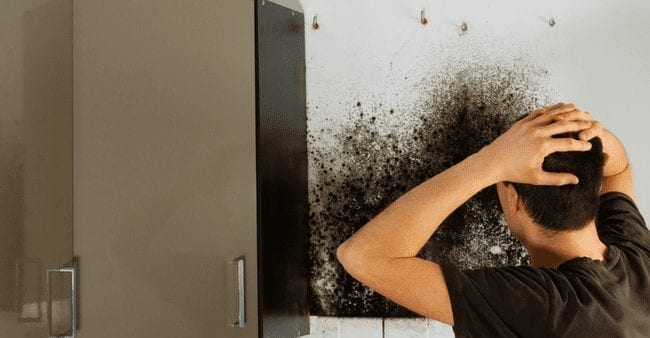How to Inspect If Your Residence Has a Covert Leak
How to Inspect If Your Residence Has a Covert Leak
Blog Article
Are you trying to locate answers on Top leak detection hacks?

Early detection of leaking water lines can mitigate a potential catastrophe. Some small water leakages might not be visible.
1. Check Out the Water Meter
Every home has a water meter. Examining it is a surefire way that aids you uncover leakages. For beginners, switch off all the water resources. Make certain no person will certainly flush, utilize the faucet, shower, run the washing maker or dishwasher. From there, most likely to the meter as well as watch if it will certainly change. Since nobody is utilizing it, there need to be no movements. That indicates a fast-moving leakage if it moves. If you discover no adjustments, wait a hr or two and inspect back again. This implies you may have a slow-moving leak that could even be below ground.
2. Examine Water Intake
If you find abrupt modifications, in spite of your consumption being the exact same, it suggests that you have leakages in your plumbing system. An unexpected spike in your bill suggests a fast-moving leakage.
A constant boost every month, also with the exact same habits, reveals you have a sluggish leak that's also slowly escalating. Call a plumber to extensively inspect your building, specifically if you really feel a warm area on your floor with piping underneath.
3. Do a Food Coloring Examination
When it comes to water consumption, 30% comes from bathrooms. If the shade in some way infiltrates your dish throughout that time without flushing, there's a leakage in between the tank as well as bowl.
4. Asses Outside Lines
Do not forget to examine your outdoor water lines as well. Must water seep out of the connection, you have a loosened rubber gasket. One small leak can throw away loads of water as well as surge your water costs.
5. Evaluate and Analyze the Situation
House owners must make it a routine to examine under the sink counters and also inside cupboards for any bad odor or mold and mildew growth. These 2 red flags show a leakage so timely focus is required. Doing routine examinations, also bi-annually, can save you from a significant trouble.
If you know your house is already old, keep a careful eye on your heating units, tubes, pipelines etc. Check for discolorations and also weakening as the majority of pipelines and also devices have a life expectancy. They will also normally weaken because of tear and put on. Don't wait for it to rise if you presume dripping water lines in your plumbing system. Call an expert plumber right now so you do not wind up with an awful mess in your home.
Early detection of leaking water lines can reduce a possible disaster. Some little water leaks may not be noticeable. Examining it is a proven means that aids you uncover leaks. One little leak can lose tons of water and also surge your water costs.
If you think dripping water lines in your plumbing system, do not wait for it to escalate.
WARNING SIGNS OF WATER LEAKAGE BEHIND THE WALL
PERSISTENT MUSTY ODORS
As water slowly drips from a leaky pipe inside the wall, flooring and sheetrock stay damp and develop an odor similar to wet cardboard. It generates a musty smell that can help you find hidden leaks.
MOLD IN UNUSUAL AREAS
Mold usually grows in wet areas like kitchens, baths and laundry rooms. If you spot the stuff on walls or baseboards in other rooms of the house, it’s a good indicator of undetected water leaks.
STAINS THAT GROW
When mold thrives around a leaky pipe, it sometimes takes hold on the inside surface of the affected wall. A growing stain on otherwise clean sheetrock is often your sign of a hidden plumbing problem.
PEELING OR BUBBLING WALLPAPER / PAINT
This clue is easy to miss in rooms that don’t get much use. When you see wallpaper separating along seams or paint bubbling or flaking off the wall, blame sheetrock that stays wet because of an undetected leak.
BUCKLED CEILINGS AND STAINED FLOORS
If ceilings or floors in bathrooms, kitchens or laundry areas develop structural problems, don’t rule out constant damp inside the walls. Wet sheetrock can affect adjacent framing, flooring and ceilings.
https://www.servicemasterbyzaba.com/blog/how-to-detect-water-leakage-in-walls/

I discovered that blog posting about Locating water leaks when perusing the web. Do you know about anybody else who is excited about Hacks to detect leaks? Please feel free to promote it. Bless you for your time. Come back soon.
Report this page